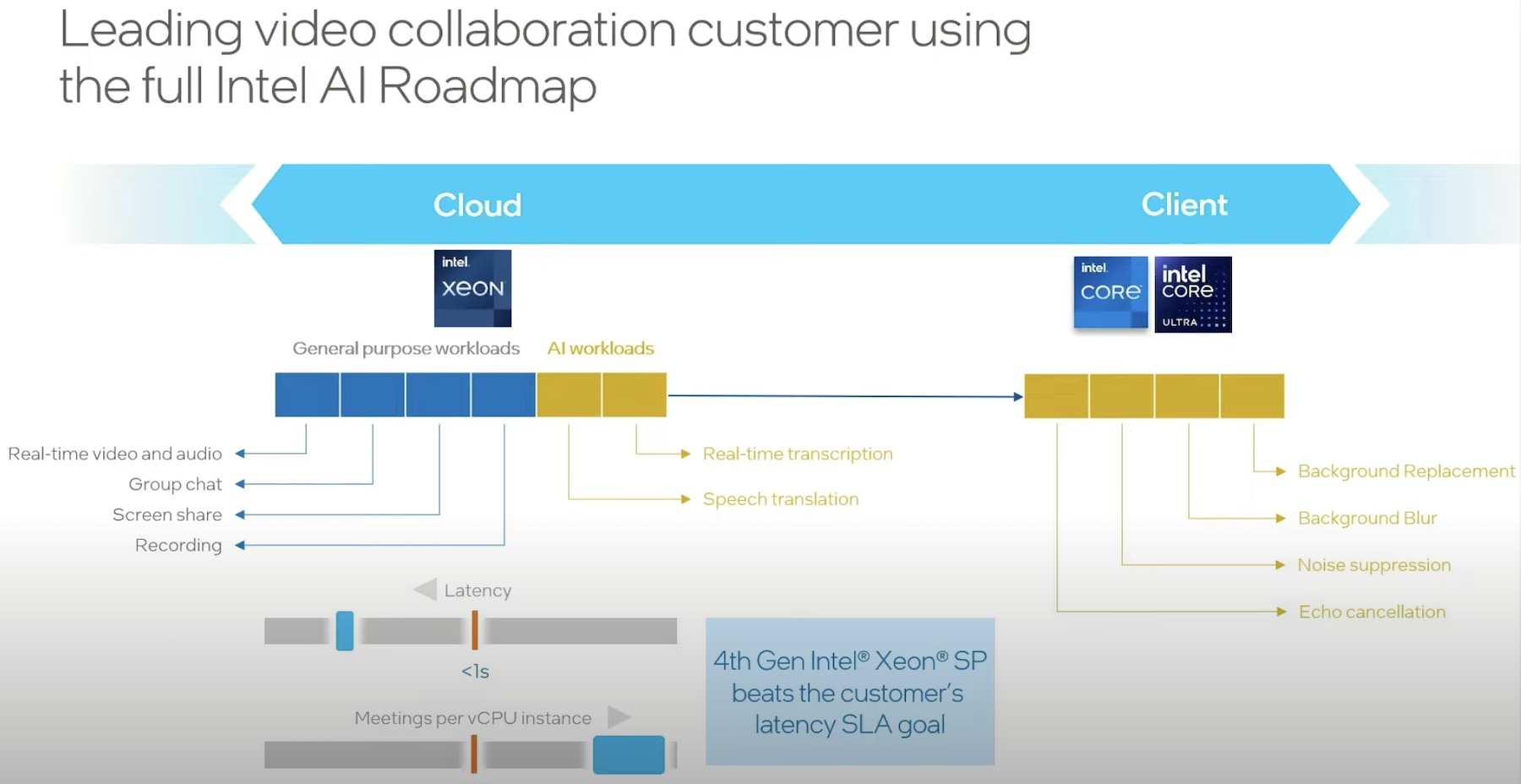It’s no secret that businesses today are exerting sky-high demand to integrate AI into end-user applications and business flows. According to Forbes, 83% of businesses today believe implementing AI is a strategic priority. What’s astounding is the typical failure rate of AI projects, according to a recent Gartner study: 85% of them never reach fruition, often for a plethora of reasons.
I recently attended a briefing from Intel on how they’ve managed to successfully implement AI tools and techniques across their enterprise to improve everything from chip manufacture to customer engagement. Their experiences provided some eye-openers into an often overlooked but critical dimension for leveraging AI in modern organizations: human nature itself.
Avoiding the 85% Failure Trap
The details behind Gartner’s findings include some surprises too. While technological headwinds during implementation was the key factor (47%) of the top five reasons listed most often for failure, at least three are directly related to human elements, including pushback from user communities and management to implementing the AI solution, internal politics of the organization, unreasonable expectations for immediate ROI, and even insufficient technical and management skills to develop and govern the AI solution itself.

Intel discovered that among its 100,000 employees – of whom at least 50% are technology-savvy – just hundreds of people have already successfully deployed high business impact AI algorithms to production. Their approach to improve AI adoption within their company is to actively employ strict guidelines to ensure solutions first makes sense to implement, thus avoiding the 85% failure trap. They have also developed a Machine Learning Operations (MLOps) strategy that strives to rapidly and effectively productize only the most meaningful and valuable AI solutions.
If It Were Easy, Everybody Could Do It
In the age of the Great Resignation, finding and retaining employees with the right skills to drive appropriate AI solutions deep into any organization is a decidedly non-trivial challenge. Intel built their AI Everywhere strategy to chart a path around the pitfalls of the 85% AI failure trap:

Using the Right Tool for the Job. Intel gathered a set of AI tools – mostly open-source, but some internally developed for specific use cases – and made them available to its practitioners via a self-service portal. The portal also acknowledges the range of skills in their AI community, providing an AutoML toolset for the least experienced and advanced tools for the most knowledgeable.
Upskilling. To help their employees ramp up their AI skills, Intel offers a cornucopia of 100+ training courses ranging from introductory to advanced AI topics, with examples focused on business use cases already in play at Intel.
Staying Unstuck. For AI solutions that might need special attention and assistance, Intel built an internal AI professional services team of data scientists, MLEs, and product managers that can help overcome the stickier aspects of difficult-to-solve problems.
You’re Not Alone. Intel also found that building an active AI community via internal portals also helps support technology implementers in their quests to productize AI and assisted their AI practitioners as well as users to continually improve their skillsets and understanding of the MLOps strategies and techniques. This mentorship provides encouragement for AI “newbies” and minimizes frustration while avoiding chasing solutions down rabbit holes.
Finally, Do No Harm. Intel wraps a governance layer around this strategy that constantly evaluates proposed AI solutions to ensure they’re providing value, are scalable and sustainable, and – most importantly – does not expose employees, corporate assets, and customer goodwill to any possible harm.

Ultimately, It’s Always a People Problem.
While Intel’s approach to productization of their AI projects aims to overcome technical and governance issues, they still faced challenges to get their user communities to leverage – much less embrace! – AI solutions.
For example, their Sales Assist AI tool offered their sales force several unique benefits, including the ability to reach out to prospective customers based on AI ML algorithms. Intel’s metrics showed that Sales Assist’s autonomously-generated emails received a 36% open rate – a significant improvement over most email contact rates, which typically range in the low 20%.
Even so, Sales Assist initially encountered resistance from their sales teams. (From my personal experience in the pre-sales arena over the last 10 years, sales leaders are often extremely protective of their customer base and their tried-and-true techniques to generate leads and close deals, so “old school” methods often prevail.)
Intel’s IT AI team worked closely with salespeople to assure them that the AI tools were generating non-trivial results – for example, a valuable sales lead that would’ve normally escaped the salesperson’s radar because Sales Assist discovered a customer’s new direction from an online industry journal, or even a surprise decision to expand a relevant product line gleaned from press releases scraped from the customer’s web site.
The IT AI team also overcame pushback against implementing AI methods by identifying AI Champions – e.g., salespeople folks who directly benefitted from the AI tools to achieve exceptionally better sales and customer engagement. The team then engaged closely with those advocates to validate and improve the results that Sales Assist returned; they also encouraged these Champions to trumpet the message that Sales Assist’s AI tools complemented their sales efforts.
Conclusion
Even though you may have hired the smartest data scientists and sharpest developers on the planet to implement your AI solution, don’t forget to consider the human nature of your end-user community if you want to escape the 85% failure trap.
Learn more about Intel’s approach to implementing AI successfully by watching their Tech Field Day Showcase by Gestalt IT. You can also view the following resources from Intel:
How Intel Uses AI to Identify Sales & Marketing Opportunities
Building Intel’s AI Center of Excellence
AI Improves Sales Account Coverage
Push-Button Production of AI Models
Artificial Intelligence Reduces Costs and Accelerates Time to Market




